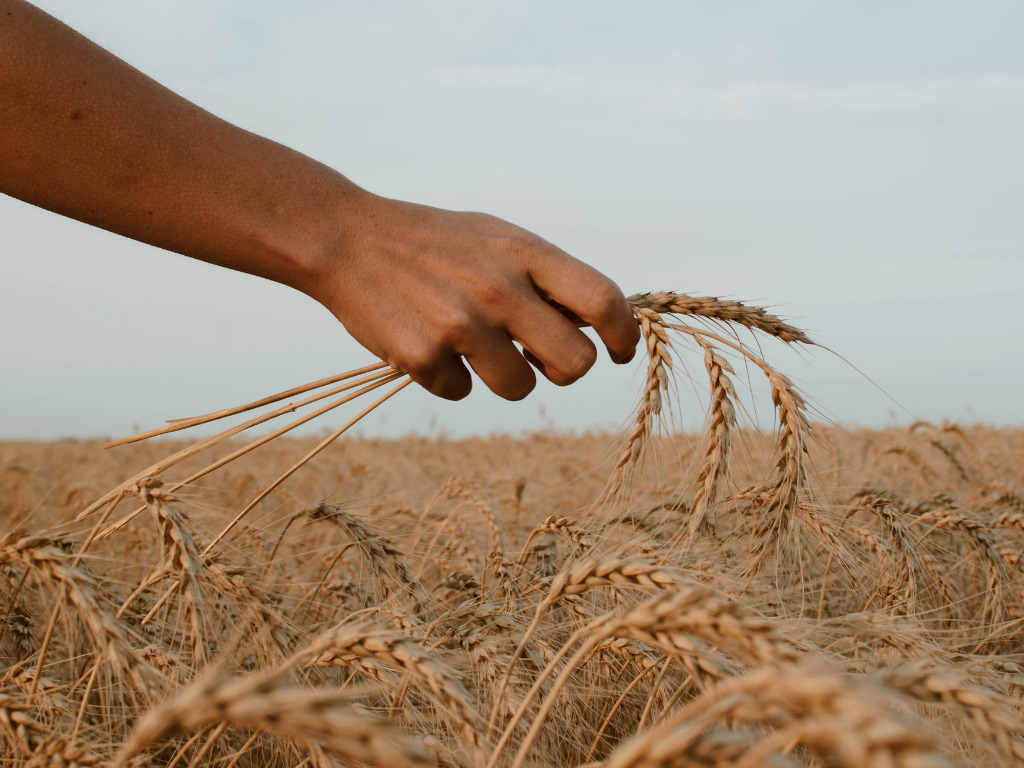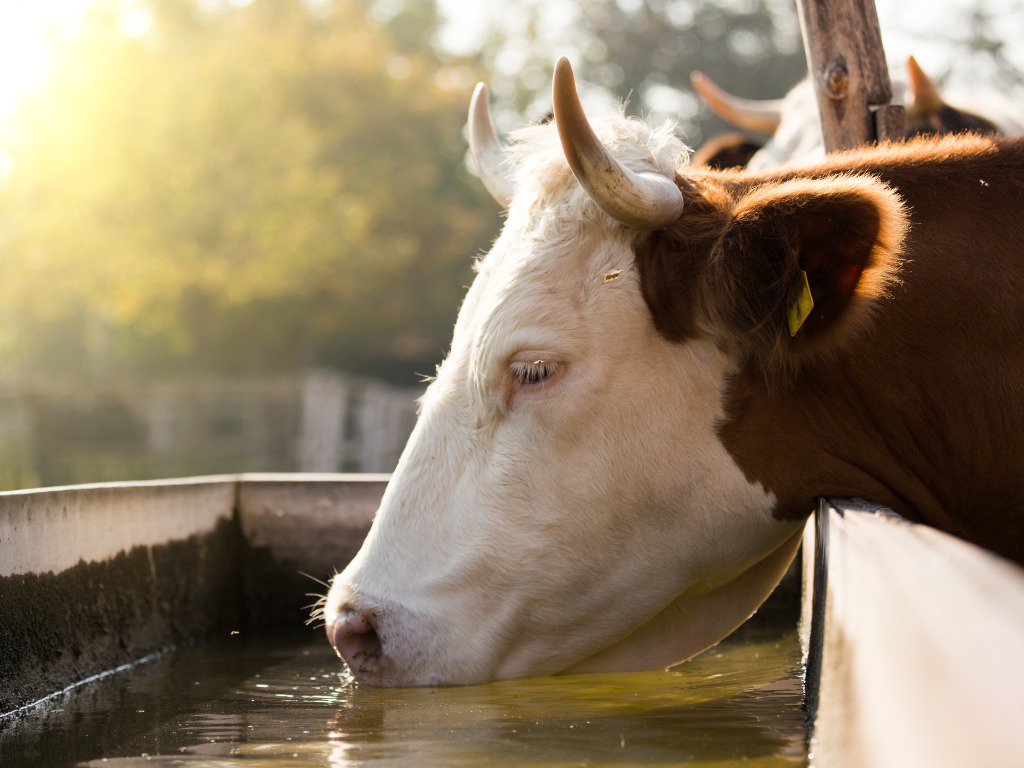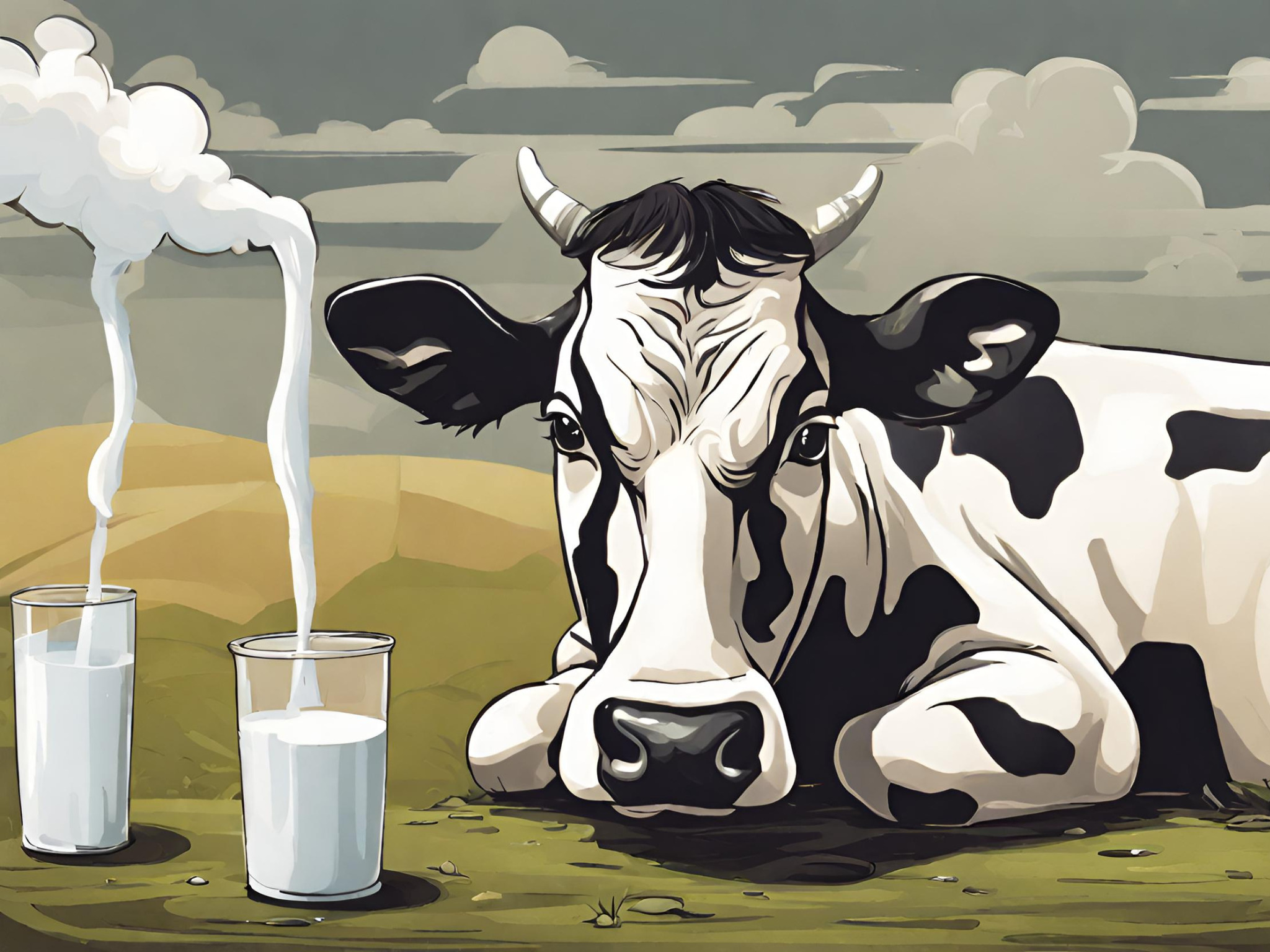
Climate change is ravaging crop yields and dairy production, while meat consumption is contaminating freshwater, according to new research.
The food system and climate change are deeply interconnected. Agriculture is responsible for a third of global emissions, which themselves cause extreme weather events that destroy crop harvests and threaten livestock health.
All this has a knock-on effect on human health too, contributing to record-breaking temperatures, excessive flooding, and increasing food insecurity. Food is set to be a central part of negotiations at COP30 in Brazil this November, though so far, government action to decarbonise the food system and protect citizens has been all bark and very little bite.
A recent decision by the Inter-American Court of Human Rights may force their hand. It ruled that humans have the right to a stable climate and countries must protect it. Governments are legally obligated to safeguard today’s citizens and future generations from the impact of the climate crisis by taking “urgent and effective” actions to cut emissions, the 300-page document said.
Now, three new studies have highlighted the links between the climate crisis, food and livestock, and
Every 1°C temperature rise costs us 120 calories of food per person, per day

A study published in the Nature journal found that yields of staples like maize, soy, rice, wheat, sorghum and cassava will fall by as much as 120 calories per person daily (or 4.4% of the recommended intake) for every 1°C rise in the global temperature. These daily losses are cumulatively equivalent to not having breakfast.
Better farmer incomes and adapting agricultural practices can help alleviate the losses by 23% by 2050 and a third by the end of the century. Even then, all staples bar rice face substantial drops. In an extreme heating scenario, the yield for soy would fall by a quarter by 2100, even after accounting for adaptation and faster plant growth due to increased atmospheric carbon levels.
In a heating pathway more aligned with current policies, soy yields would diminish by 16%, wheat by 7.7%, and corn by 8.3%. Rice was the only crop analysed that would see a rise in yields (by nearly 5%).
“Our findings indicate that projected consumption losses tend not to be evenly distributed across global populations. Wealthy regions of the world more easily absorb grain price shocks. In poor regions of the world, food shortages and associated price shocks may be more destabilising,” the study states.
Replacing meat with plant-based alternatives lowers nitrate levels in water by 20%

Scientists in the US evaluated the impact of meat production on nitrate contamination in groundwater between 1985 and 2020, assessing quality changes as a result of replacing conventional meat with plant-based alternatives, and the results were striking.
Substituting just 10% of protein intake with meat analogues would reduce the risk of high nitrate levels in groundwater by up to 20%. This is because meat production releases methane that pollutes waterways, while nitrate from livestock manure and fertilisers leaches into already depleting water sources.
The researcher found that the 10% swap can also cut fertiliser use by 3.4%, manure output by 10.7%, and water consumption by 4.5%. “These results highlight the potential of long-term dietary shifts to achieve Sustainable Development Goal (SDG) 6 and support other SDG targets,” they write in Nature Food.
Extreme heat could slash dairy production by 4% by 2050

It’s not just meat and plants: climate change will have an acute impact on global dairy output too. Researchers from the Universities of Jerusalem, Tel Aviv, and Chicago have found that extreme heat waves could lead to a 4% drop in milk production by 2050.
Published in Science Advances, the study suggests that extreme heat lowers a cow’s ability to produce milk by 10%, with just an hour of wet-bulb temperature (comprising air temperature and humidity) over 26°C diminishing its capacity by 0.5%. This has a prolonged effect too, with milk production lower than usual for up to 10 days after the hot day.
While there are some techniques to adapt, from ensuring cows’ access to shade to cooling cattle directly via ventilation or sprinklers, these cooling strategies will only be able to impede 40% of the impact of extreme heat on days over 24°C.
The decline will be keenly felt by the 150 million households dependent on milk production globally, with the damaging effects of heat stress especially severe on South Asia’s dairy farms.
These studies are yet another reminder about how the climate inefficiencies of the current global food system come back to haunt it. At COP30, leaders must finally step up with concrete action to decarbonise the sector – not doing so would all but guarantee missing the world’s emissions targets.
The post Crops, Cows, and Climate: How Agriculture Today is Putting Tomorrow’s Food at Risk appeared first on Green Queen.
This post was originally published on Green Queen.